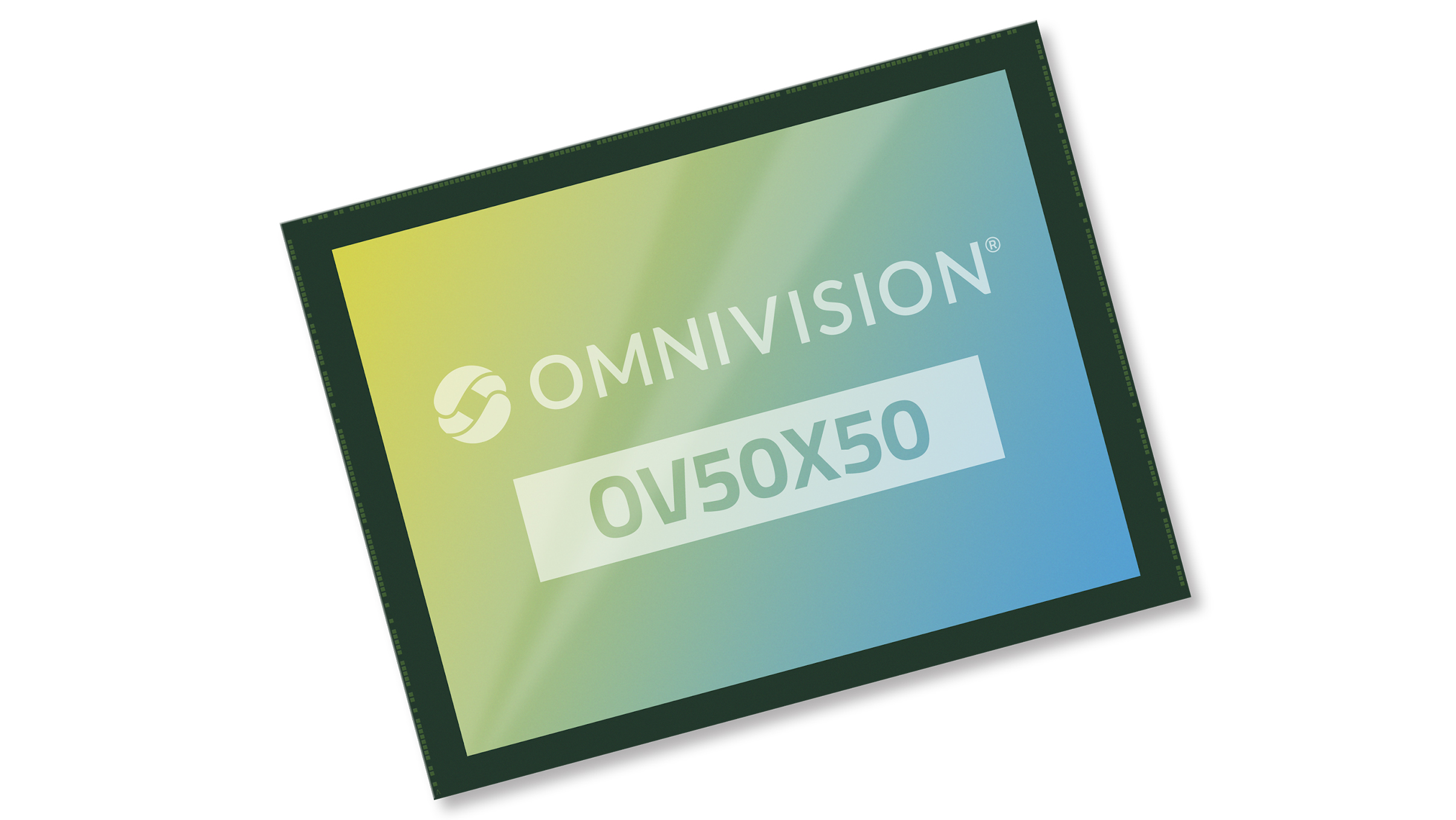Natural light vs flash – which is better?
We weigh in on the pros and cons of using flash and natural light for your portrait photography, both indoors and outdoors
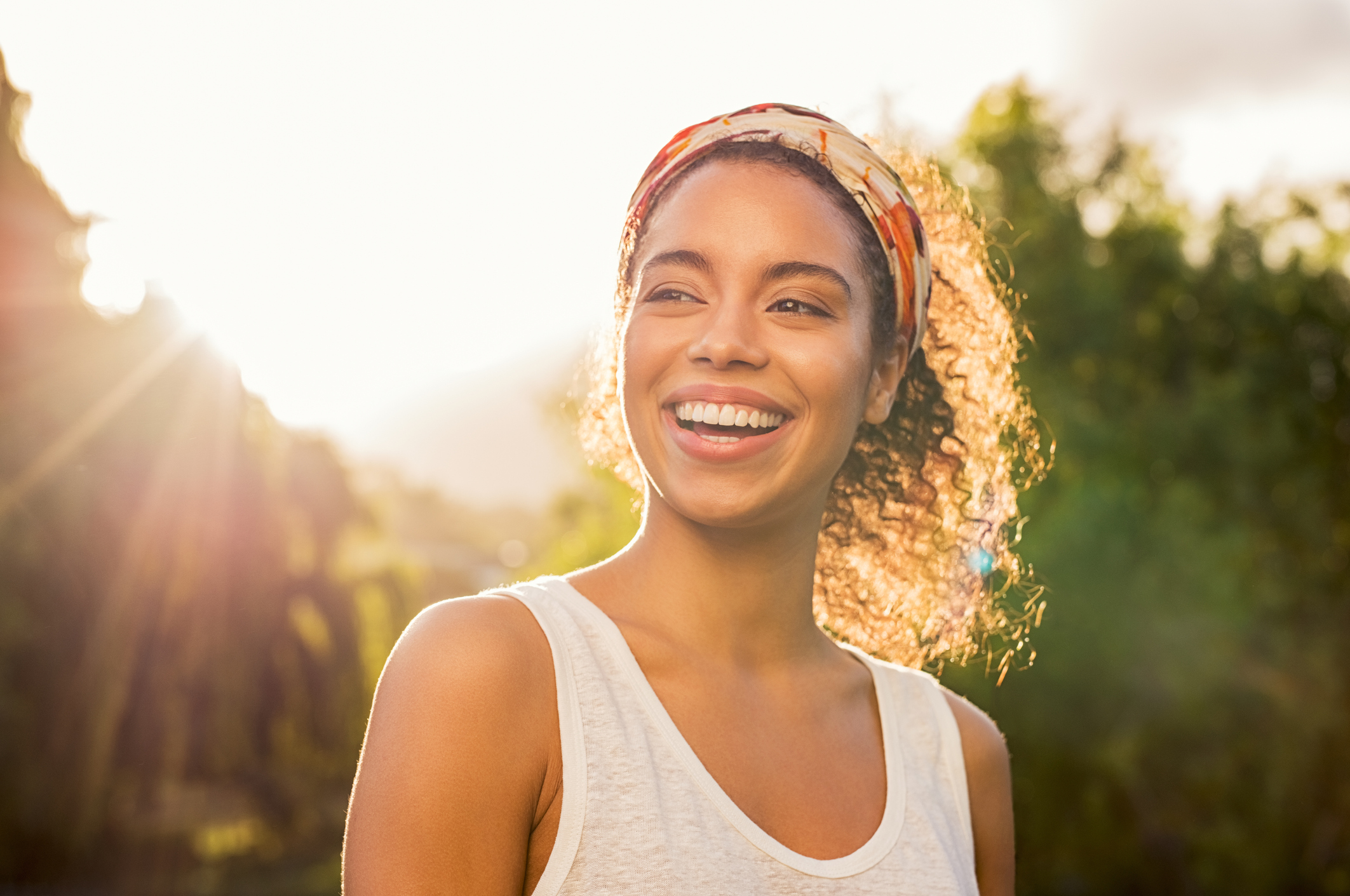
Lighting is key in all areas of photography, but for portraiture you have to approach it with extra sensitivity. Light needs to flatter the subject more than in any other genre and it's usually very noticeable if the highlights and shadows are misplaced, or if the intensity and color balance of the light is incorrect. But is natural light better than artificial light for portrait photography?
As you'd expect, there's never a clear cut answer. While the best flashgun or strobe might work brilliantly for one portrait photographer, of course what lighting gear you use – if any – depends on the environment, as well as the look you want to achieve.
Some photographers are scared to use flash (thinking that it will overcomplicate their setups) whereas others find their workflow wouldn't be the same without out. Still, we're here to weigh in on natural light vs flash. Read on to find out more.
• Looking for the best lens for portraits?
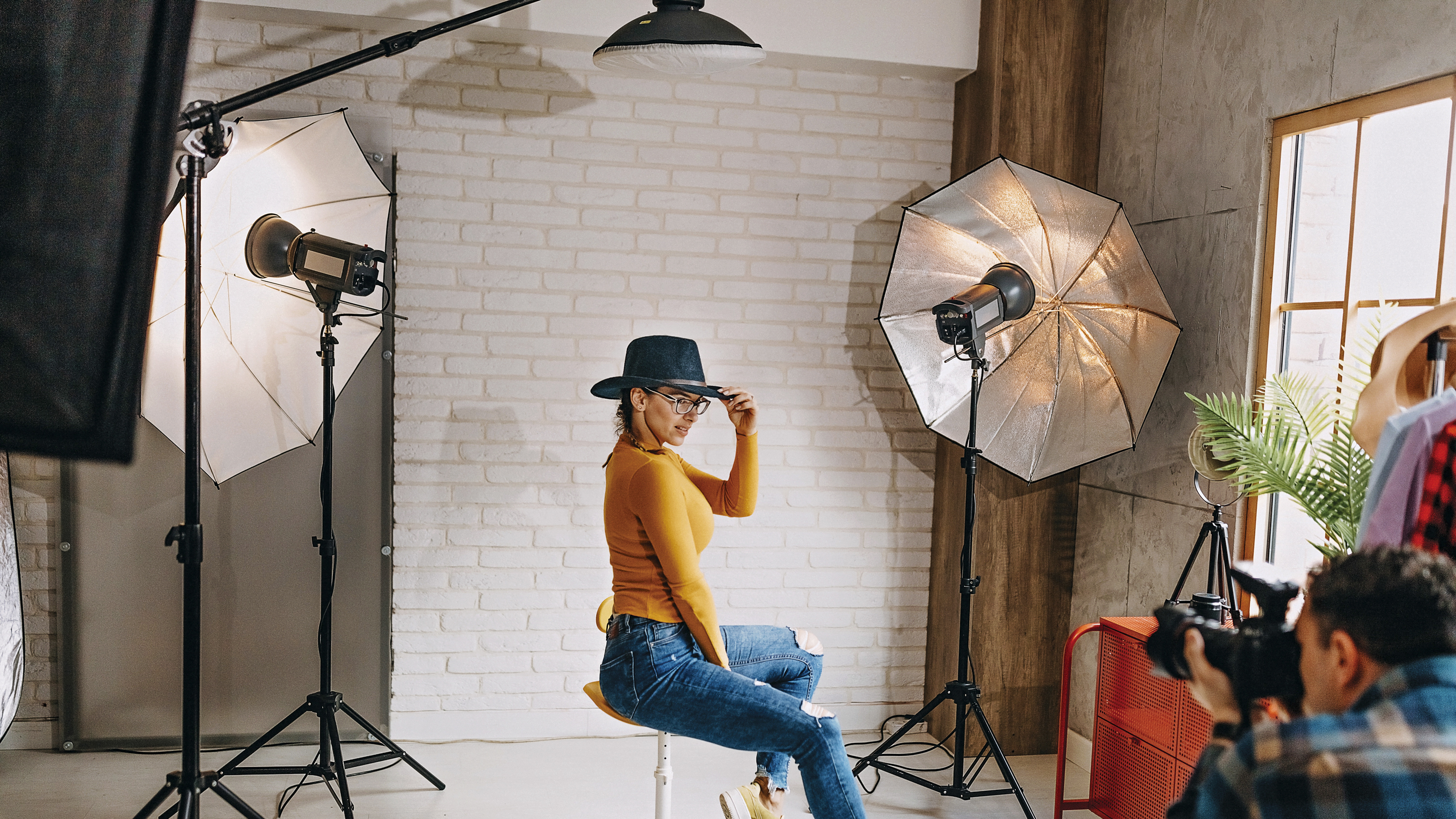
The benefits of using flash
We've already written tutorials on how to use off-camera flash, and in many circumstances, flash can transform an image into something magical, vastly increasing the contrast, depth and color fidelity.
Without flash, the photographer is reliant on natural light, which can be difficult to control. It is not possible to adjust the color temperature and intensity of sunlight, we don’t have the freedom to reposition the light source, nor the direction and angle of the shadows as they fall across our subject.
The key to dramatic flash images is achieving a balance between natural and flash light. Sometimes, it’s better for the flash to dominate – in other cases, it should assist the ambient illumination.
Get the Digital Camera World Newsletter
The best camera deals, reviews, product advice, and unmissable photography news, direct to your inbox!
There are times when outside conditions are not quite right for the style of image you want to create. In these cases you can use flash to dominate the scene, providing the majority of the main light on the subject.
This is useful when you want to artificially change the time of day – faking a nighttime effect for example. The aim is to alter the light ratio, so that changes in the ambient light have a reduced effect on the appearance of the subject – if the sun comes out you might need to lower the overall exposure, but it won’t change the distribution of highlights and shadows on the subject.
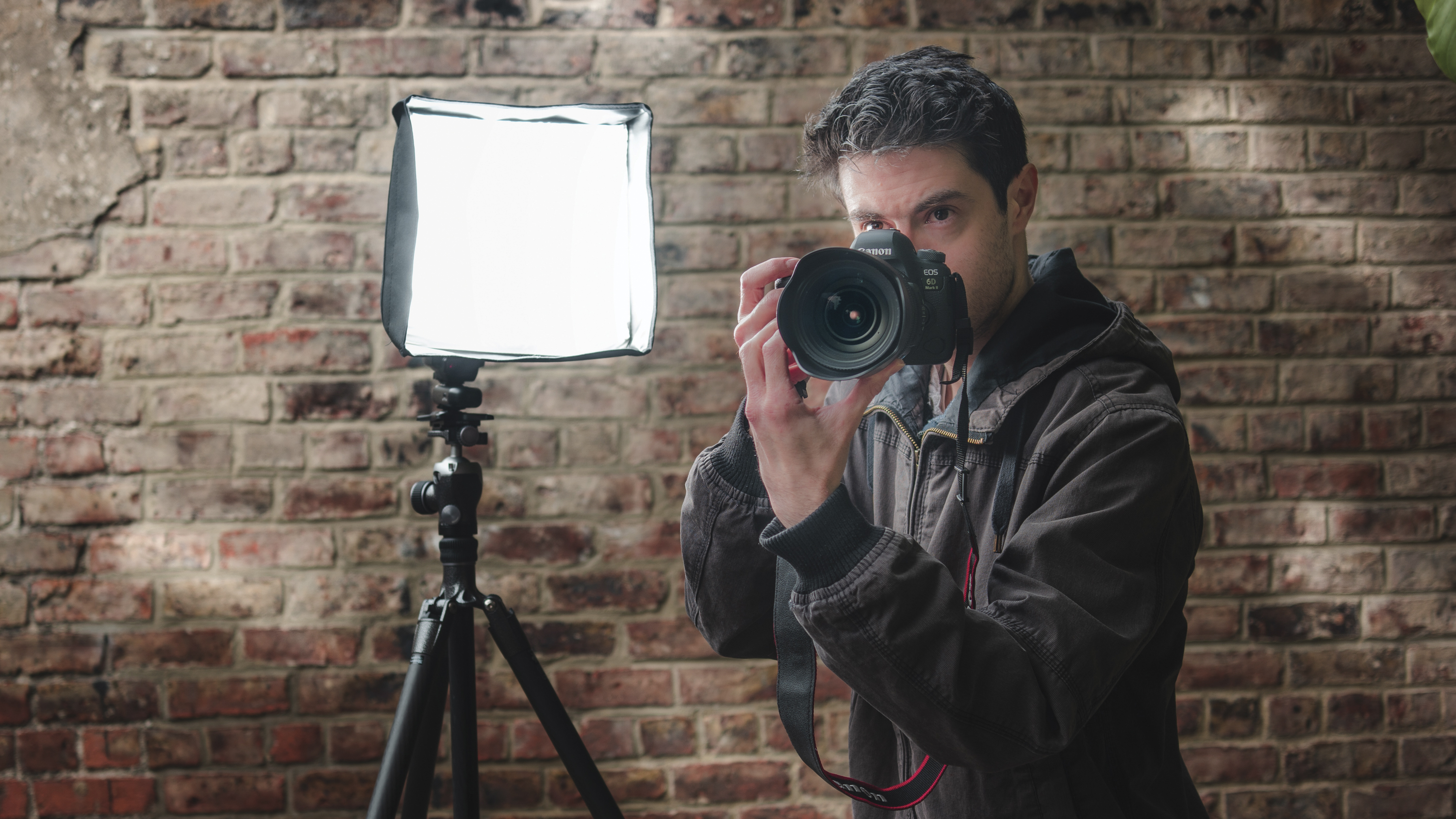
The downsides of flash
Flash is a tricky aspect of photography to learn. If used incorrectly, the artificial light can spoil the ambience of an image, introduce harsh shadows and highlights and bring out unwanted textures. It can also create unnatural color casts, draining the life and energy from the subject of an image. For these reasons, newcomers to photography decide quickly that flash should be avoided, except as a last resort.
Use too much flash and you will bleach the subject’s skin, which will create distracting hotspots and make them seem inorganic – not an attractive look!
Conversely, fail to use enough flash, or place it at the wrong angle and you will introduce deep shadows where they shouldn’t be. Light picks out the contours of the subject’s face and form, so well-considered light placement is essential to make them appear natural, and to complement their body shape and facial features.
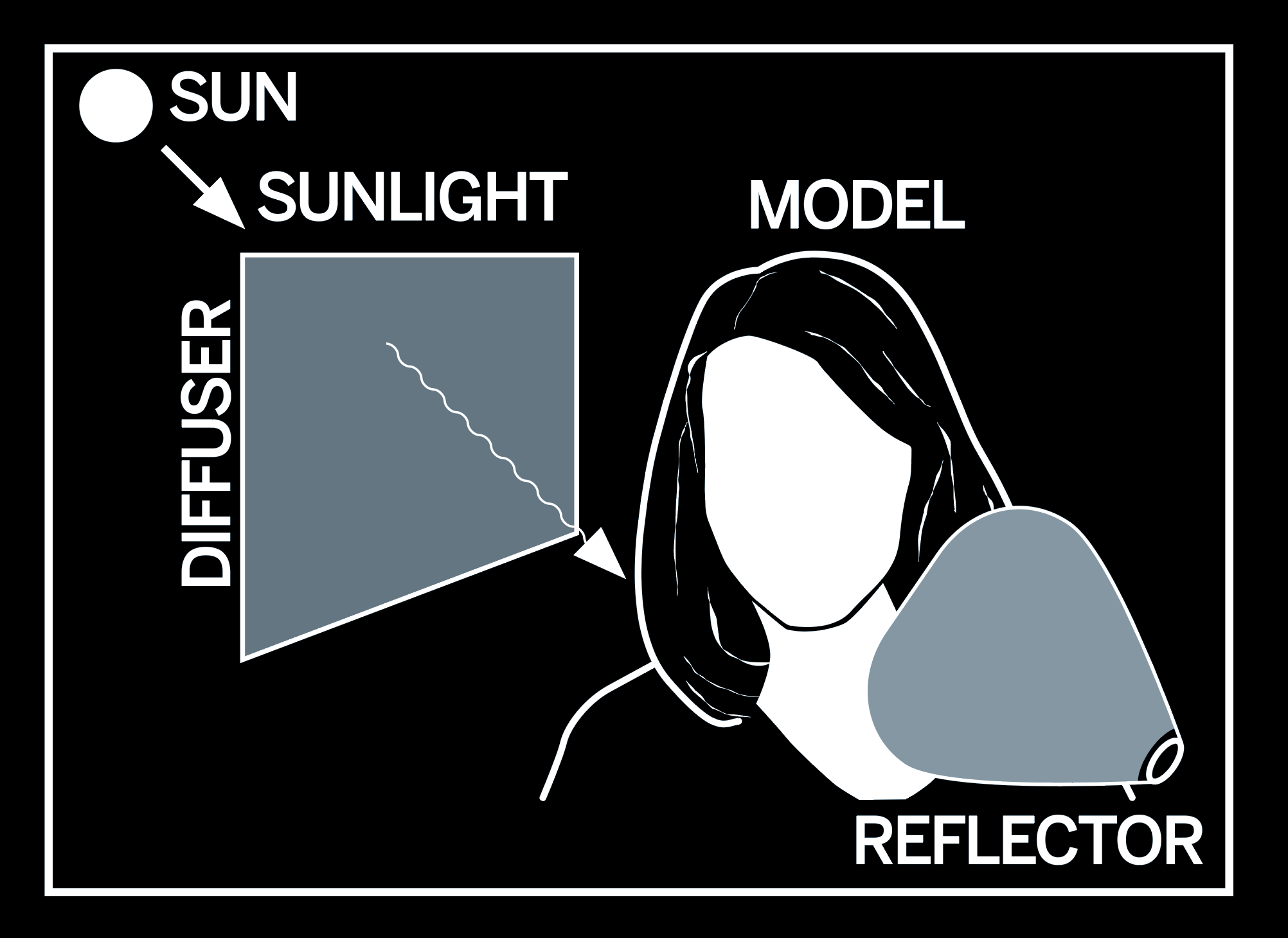
The natural light advantage
This is where natural light can be a huge advantage. On overcast days, the clouds act as a gigantic softbox, diffusing the light from the sun and spreading it widely. This provides silky, wraparound light, which is even, meaning no bright spots of clipped highlights or deep shadows under the eyes occur.
Sunlight is highly directional for most of the day, since the sun’s position is always angled down or sideways on the subject. Moreover, the lighting from the sun is highly predictable. Yes, it is always possible for the light to change, due to weather changes, which can also radically alter the style of the image, but under any given condition the sun will never fail on you.
You will never have to attend to blown bulbs in your strobe or flat batteries in your speedlight. Power will hardly ever be an issue. Furthermore you can reliably predict the position of the sun, so while you might need to wait for the appropriate moment, nature will arrange your lighting for you.
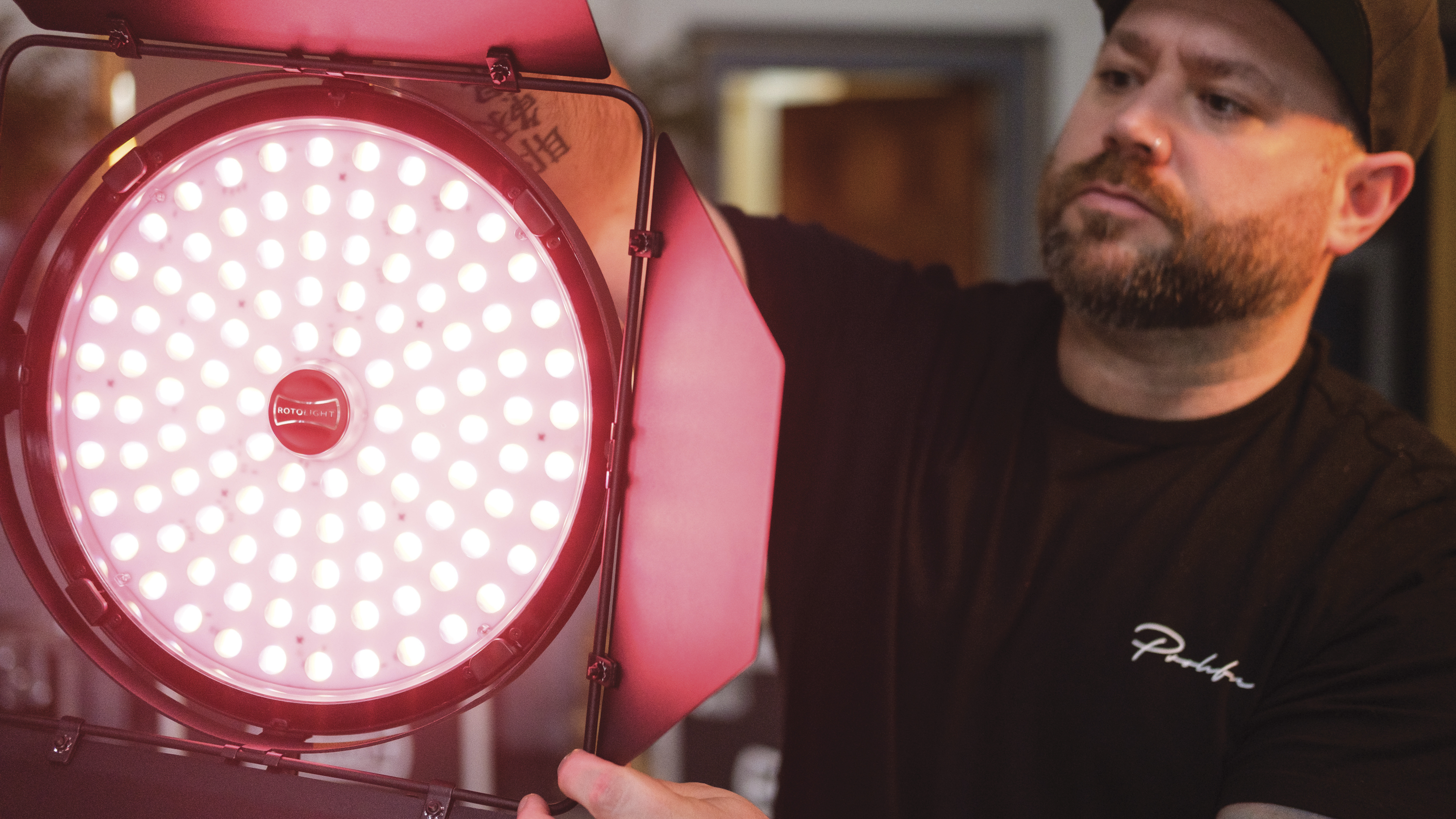
What about continuous light?
Deciding on a flash type depends on factors such as power and portability. Speedlights are more practical when traveling and can be handheld for greater flexibility. However, strobes are better for light output.
An alternative to using flash is to use a continuous light. The Rotolight series features a variable kelvin range, allowing the user to match the color of the light to that of the environment. Continuous lights have less overall output than flash but are easier to use for light blending. The Rotolight NEO 3 is an LED panel that packs a mighty punch for hybrid stills and video shooters, along with the best LED light panels.
Conclusion
Unsurprisingly, how you use the light is more important than what you use.
But let's summarize. When you go outside you do lose a certain element of control over where the light goes and how it interacts with the subject. For quick, uncomplicated lighting, natural light can be a go-to source, but when you need to apply a certain light directionality, with a particular background, flash might win.
Similarly, you might not always want flat, diffused light – you may need more sparkle and harder-edged light, for a particular style. A wireless speedlight setup or battery-powered strobe can be used to do this, but care is needed to make the light natural.
One of the reasons that many beginners hate using flash is that their images appear cold and washed-out. You need to introduce just the right amount of light to seem like sunlight, whilst allowing the light already present to take care of the background or provide a subject fill light. We also need to be mindful of the color of light, which we will discuss later.
Whatever your intended effect, the artificial light should blend with the natural. Even if you aim to make flash the dominant source, the viewer must instantly accept that the light is emanating from within the scene, not a photographic light. In an urban setting this can still be the suggestion of a streetlight or car headlight, but it must appear that all of the light present is ambient, or the audience will feel detached from the scene.
Read more
Best flashgun or strobe
The best flash diffusers, softboxes and modifiers
Best professional cameras
Digital Photographer is the ultimate monthly photography magazine for enthusiasts and pros in today’s digital marketplace.
Every issue readers are treated to interviews with leading expert photographers, cutting-edge imagery, practical shooting advice and the very latest high-end digital news and equipment reviews. The team includes seasoned journalists and passionate photographers such as the Editor Peter Fenech, who are well positioned to bring you authoritative reviews and tutorials on cameras, lenses, lighting, gimbals and more.
Whether you’re a part-time amateur or a full-time pro, Digital Photographer aims to challenge, motivate and inspire you to take your best shot and get the most out of your kit, whether you’re a hobbyist or a seasoned shooter.
- Lauren ScottFreelance contributor/former Managing Editor
- Peter Fenech

